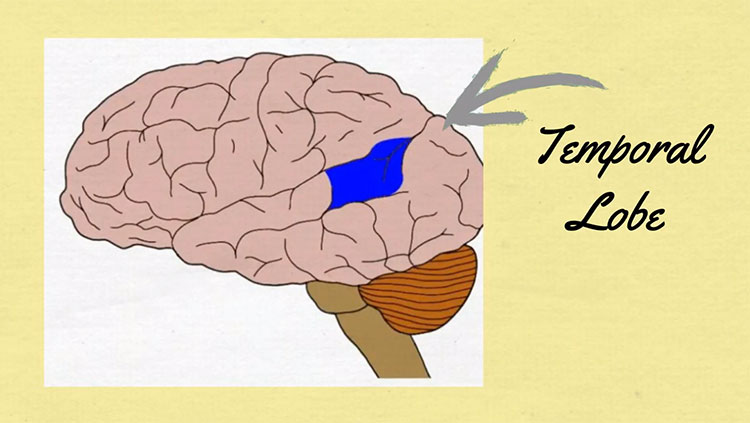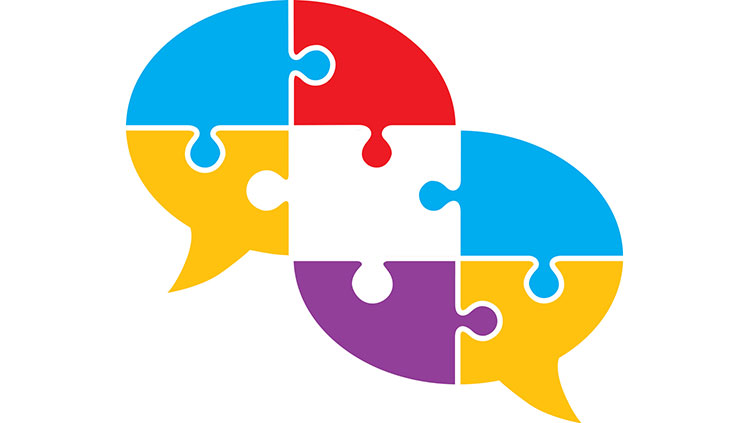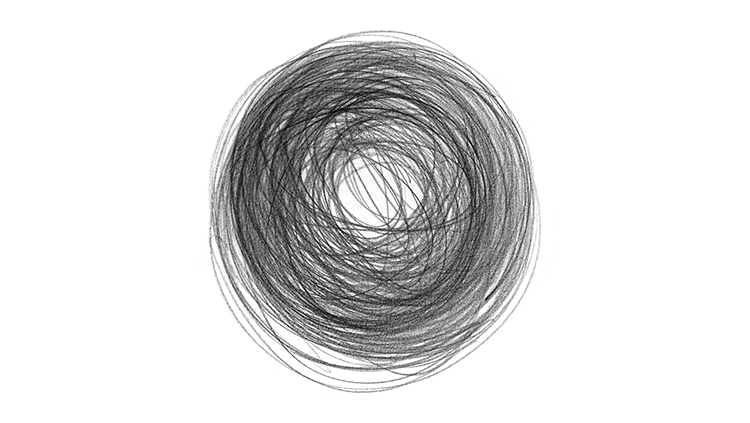How Reading Shapes Your Brain
- Published9 Dec 2024
- Source BrainFacts/SfN
When we read, we detect the visual symbols on the page with our eyes. These signals travel to the visual cortex, where the shapes of letters are identified, and later to the temporal cortex, where meaning is ascribed to letter combinations, or words, as we read.
Reading every day strengthens the connections between these areas, making them more efficient. This improves not just reading but also other processes that use those brain areas, like verbal communication and complex reasoning.
This is a video from the 2024 Brain Awareness Video Contest.
Created by Bruno Marques.
CONTENT PROVIDED BY
BrainFacts/SfN
Transcript
Tell me, when was the last time you sat down to read a book? Honestly, how many books did you read last year?
If you answer that you didn’t really read many books last year, it isn’t quite a surprise. The vast majority of people that I know say that they don’t read as much as they would like.
But did you know that reading effectively reshapes our brains? To understand this, it may be important first to understand how our brain processes reading.
Firstly, when you look at a word, your eyes send visual information to the brain. This information is processed in the visual cortex, the part of the brain responsible for identifying shapes and patterns.
Then, this visual information is sent to other parts of the brain to help understand what words mean.
For example, the temporal cortex, located on the side of the brain, comes into play to give meaning to words, and turn them into thoughts. It is precisely through that mechanism that you begin to understand what you’re reading.
For me, it’s truly amazing to think about how the brain can actively turn phrases and words into thoughts and complex interactions — that we can share and discuss with other people. Reading is not just a simple activity; it is actually a workout for the brain.
But then, what happens when we start reading daily?
Through the power of neuroplasticity — the ability of our brains to adapt, rearrange connections given different contexts and stimuli — reading actively reshapes neural connections.
Recent studies have shown differences in gray and white matter in people who read frequently. This means a greater number of neurons and myelination of this.
For example, areas of the temporal cortex involved in language comprehension may increase in volume in response to reading practice.
Additionally, connections between different regions of the brain, especially those related to language and memory, tend to strengthen with regular reading. These structural changes have direct impact on the brain.
Reading practice enhances visual processing ability, allowing for quicker and more accurate identification of words and phrase patterns. Moreover, reading strengthens verbal communication abilities, making it easier to understand and interpret different words in different contexts.
This means that developing the habit of reading frequently can literally improve your ability for complex reasoning and speaking, as it facilitates the integration of different areas of language processing and enhances your vocabulary.
Well, by now, I hope I have convinced you that reading would be a very nice habit for you to develop because you can actually make your brain smarter and, obviously, your life much better.
Also In Language
Trending
Popular articles on BrainFacts.org

















